How are Trend router bits sized? |
||||
 |
||||
|
Trend router cutters are most commonly sized according to the following dimensions: |
||||
Shank diameter |
||||
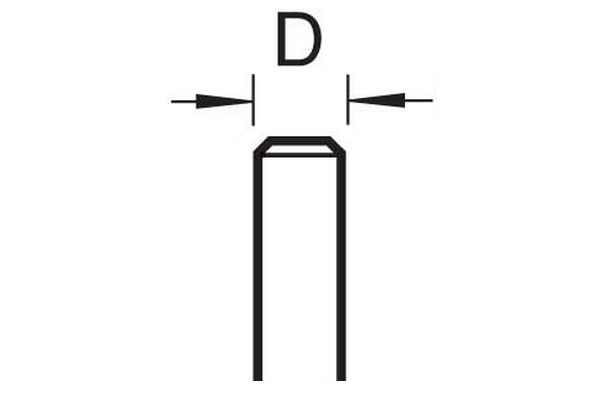 |
Measured across the centre of the bits shank from any point on its circumference, the diameter of the router bit is important when choosing which router cutter to purchase.
The most common shank diameters in the UK are 6.35mm (1/4"), 9.5mm (3/8") and 12.7mm (1/2") diameters. For more information, see below. |
|||
Overall length |
||||
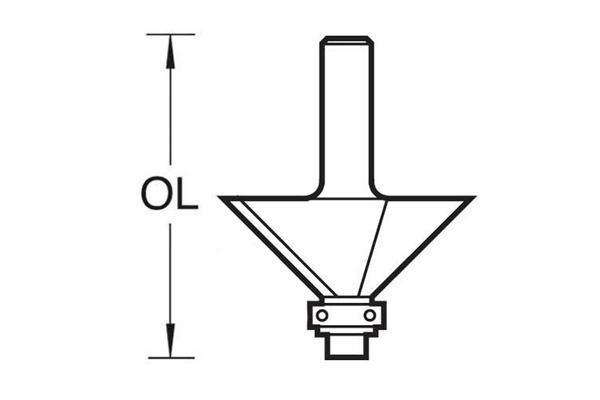 |
The overall length of a router bit is measured from the top of the shank to the bottom of the cutting edges or guide (if there is one). |
|||
Cutting diameter |
||||
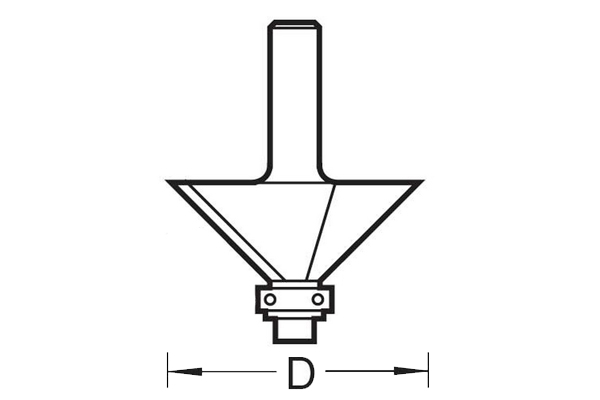 |
This diameter is the maximum width of the router cutter and is measured from the outermost point of the cutting edges through the centre of the cutting bit. |
|||
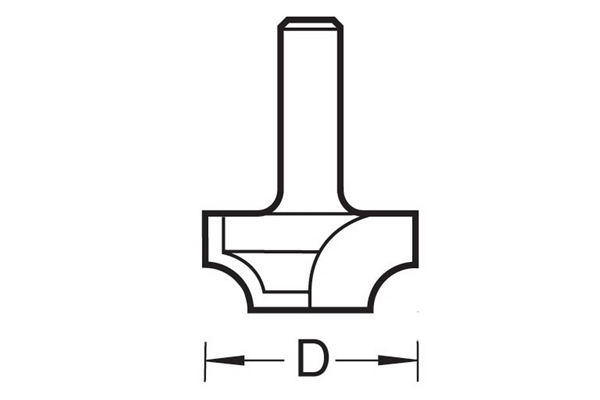 |
For router bits without a guide beneath their cutting edges, the diameter also tells you the maximum width of the path made by the bit in one pass. |
|||
 |
||||
Cutting edge length |
||||
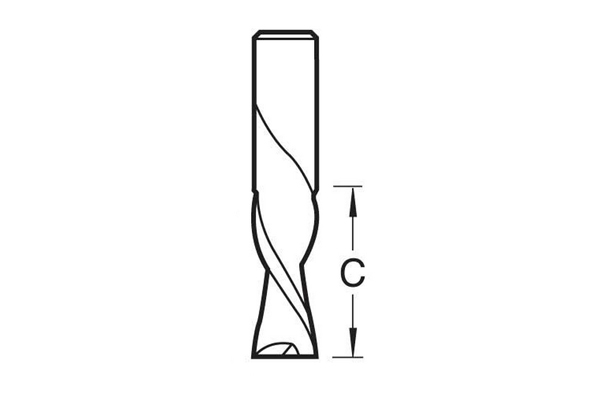 |
The cutting edge length is the maximum length of the full cutting edge of a router bit. It is measured from the top of the cutting edge to the bottom.
Whenever possible, use a cutter of a similar cutting edge length as the final depth of cut. |
|||
 |
Although router bits are available that have extra long cutting edges relative to their cutter diameter, for production applications, it is advisable to restrict the length to the shortest possible. |
|||
 |
When it is necessary to use an over-length router bit, follow the general rules of cutting in shallow steps to reach the full depth of cut, this will minimise any stress on the cutter while under load. |
|||
 |
When choosing a router bit, a handy rule of thumb is that the cutting edge length should not exceed three times the diameter and if you can get away with less, so much the better. |
|||
Radius |
||||
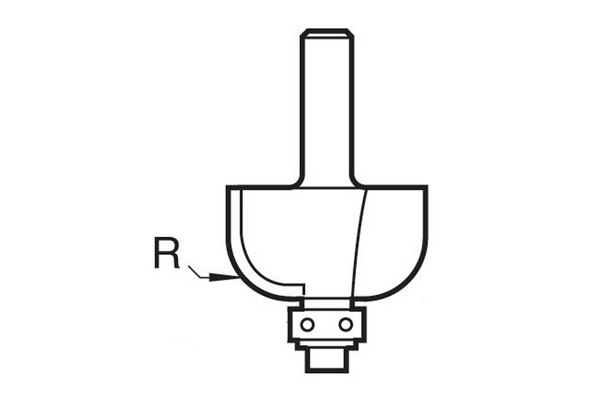 |
If it's a router cutter that produces a curved cut, the radius of that curve will be given.
Quite simply, a cutter with a larger radius will create a larger curve and vice versa. |
|||
 |
||||
Angle |
||||
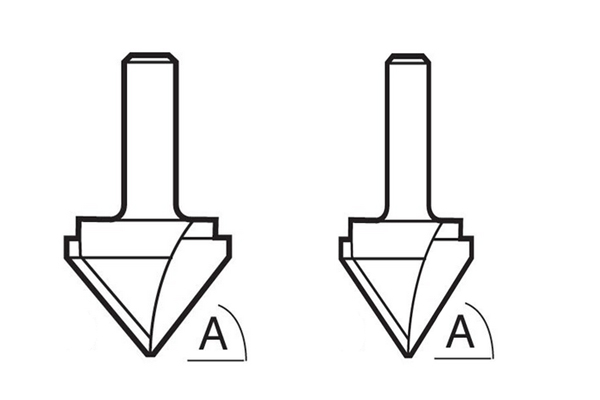 |
If it's a router cutter that produces an angled cut, the angle of the cutting edges in relation to the horizontal plane will be given.
The impact this angle has will vary depending on the type of cutter. |
|||
If you don’t know the size of your cutters… |
||||
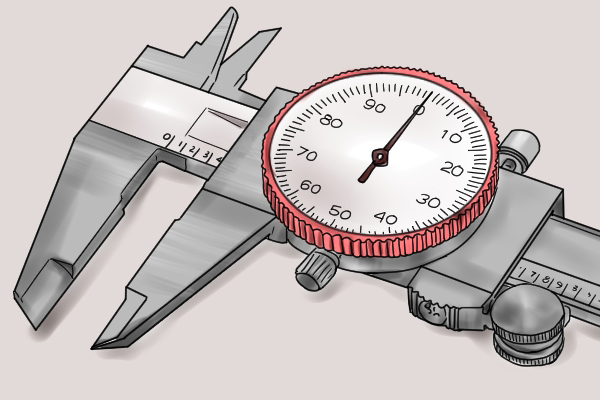 |
A dial caliper is an invaluable aid for checking both inside and outside measurements.
An expensive engineers’ type is not necessary, as you often only use comparative measurements rather than high precision ones. |
|||
What router cutter shank diametersare available from Wonkee Donkee Trend? |
||||
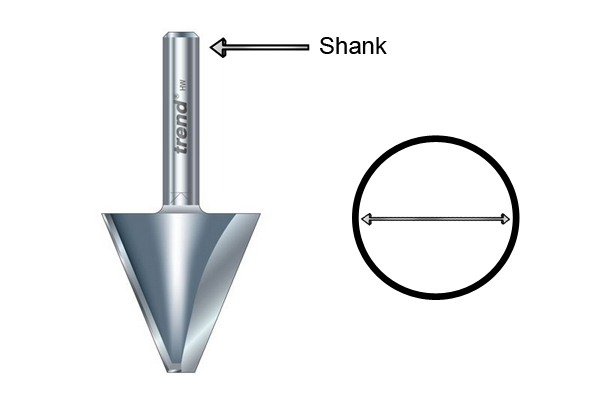 |
The shank of a router cutter is the rounded section which is clamped into the router and held there by the collet.
The shank diameter is measured across the centre of the shank from any point on its circumference. |
|||
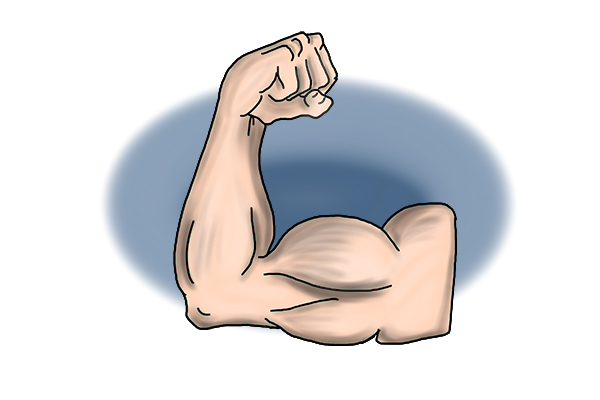 |
The strength of a cutter often depends on the diameter of its shank, so it's very important to choose one that suits your needs and your router. |
|||
 |
||||
Trend router cutter's shank diameters |
||||
|
Trend offer cutters with the following shank diameters: |
||||
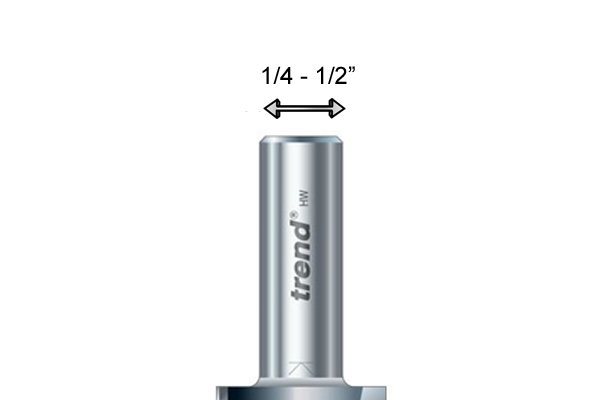 |
¼" (6.35mm) and ½" (12.7mm) shanksThe most common shank diameters in the UK are imperial ¼" and ½” shanks.
Light duty routers are generally supplied with ¼" collets, while heavy duty routers usually have ½" collets. |
|||
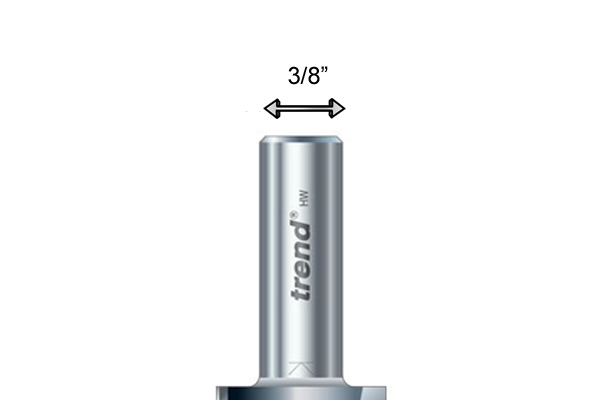 |
⅜" (9.5mm) inch shanks⅜" is a historical size and is being used less and less. |
|||
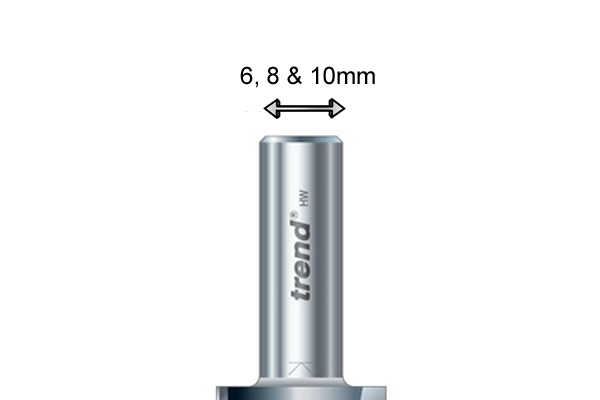 |
6mm (¼" approx.), 8mm (5/16") and 12mm (½" approx.)6mm, 8mm, and 12mm shank diameters are the European metric sizes, with the most popular being 8mm and 12mm. |
|||
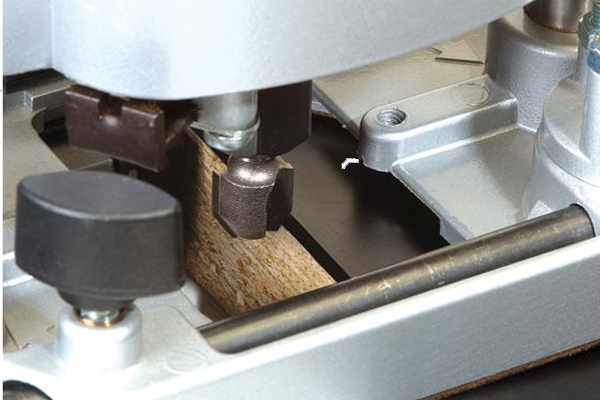 |
8mm shanks have been introduced in the UK in recent years to cater for smaller medium duty router users needing to use larger cutter diameters safely.
When using an 8mm shank, a suitable collet must be fitted and particular care should be taken to ensure any manufacturer's recommendations concerning cutting speed and depth of cut are closely observed. |
|||
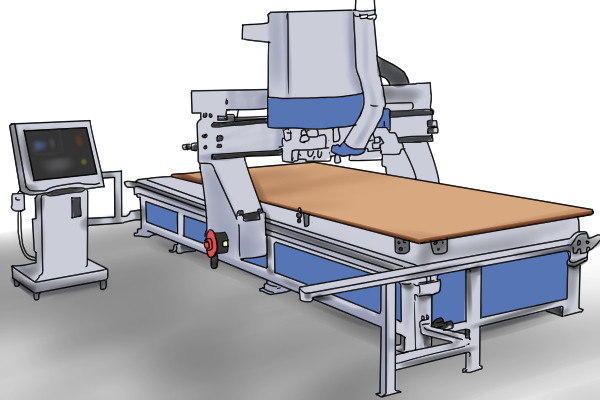 |
3mm (⅛") and underSmaller shanks of around 3mm are primarily used in CNC routers, rather than standard overhead or fixed routers. |
|||
Advantages and disadvantages of different sizes of router cutter shank
|
||||
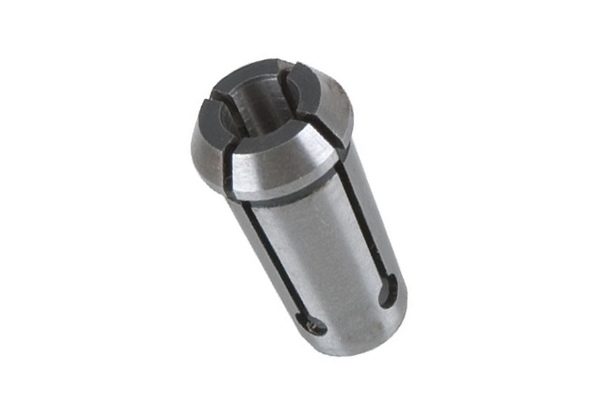 |
8mm and ½" shanks
|
|||
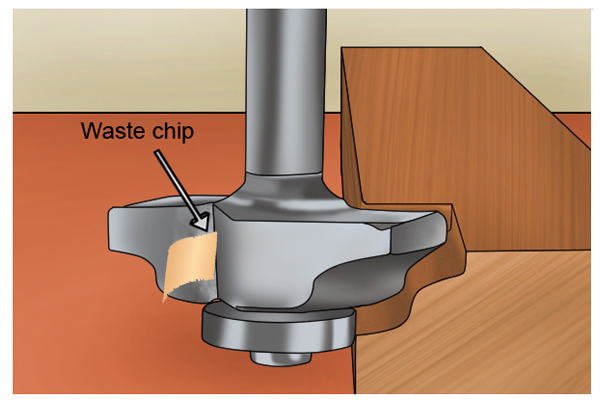 |
|
|||
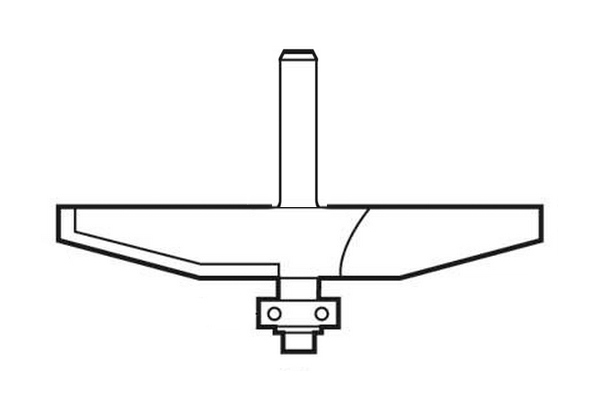 |
¼" shanks
|
|||
Summary |
||||
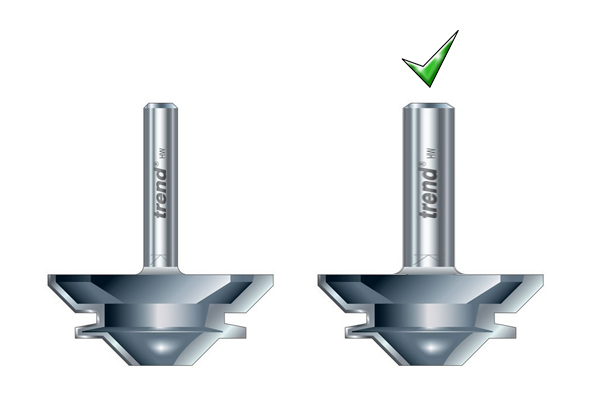 |
Whenever possible, always use the largest shank diameter available for a specific cutter.
Whichever shank size you choose, you should always keep router bits with metric shanks separate from imperial bits and make sure they're clearly marked as they will sometimes be similar sizes to each other.
Attempting to use a 6mm diameter shank in a ¼¨ (6.5mm) collet, for example, will distort and damage the collet. |
|||
 |
||||







